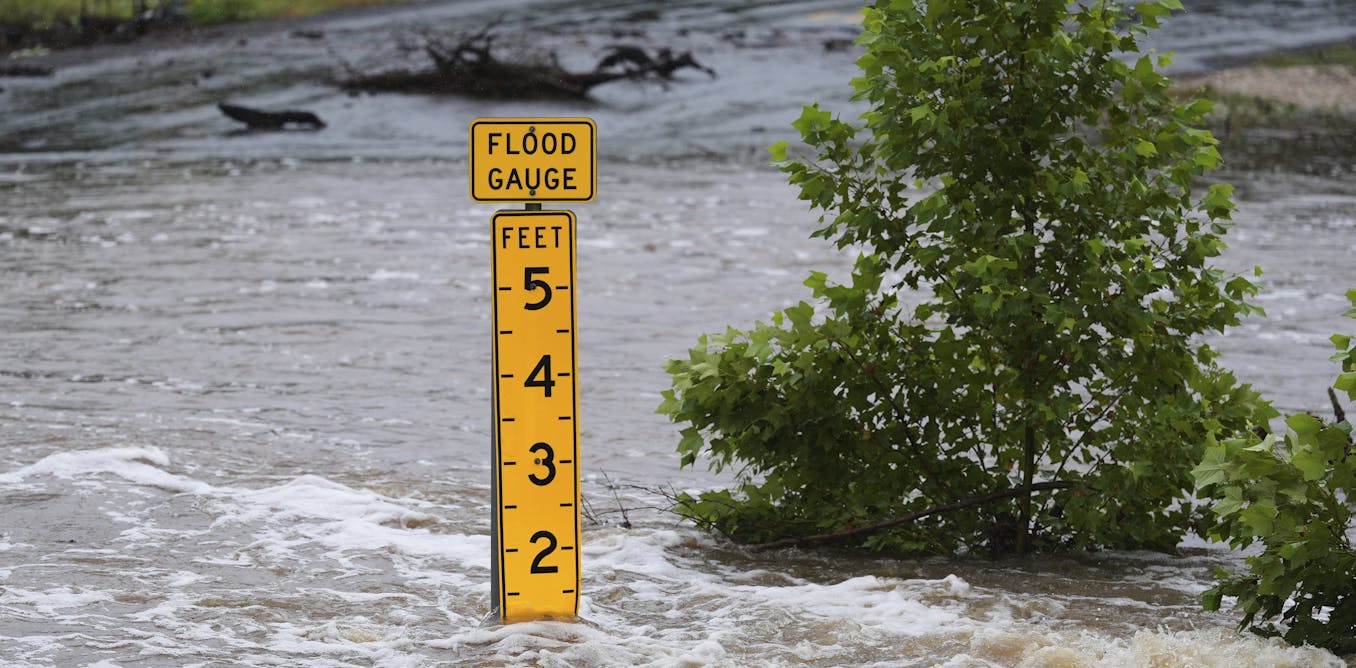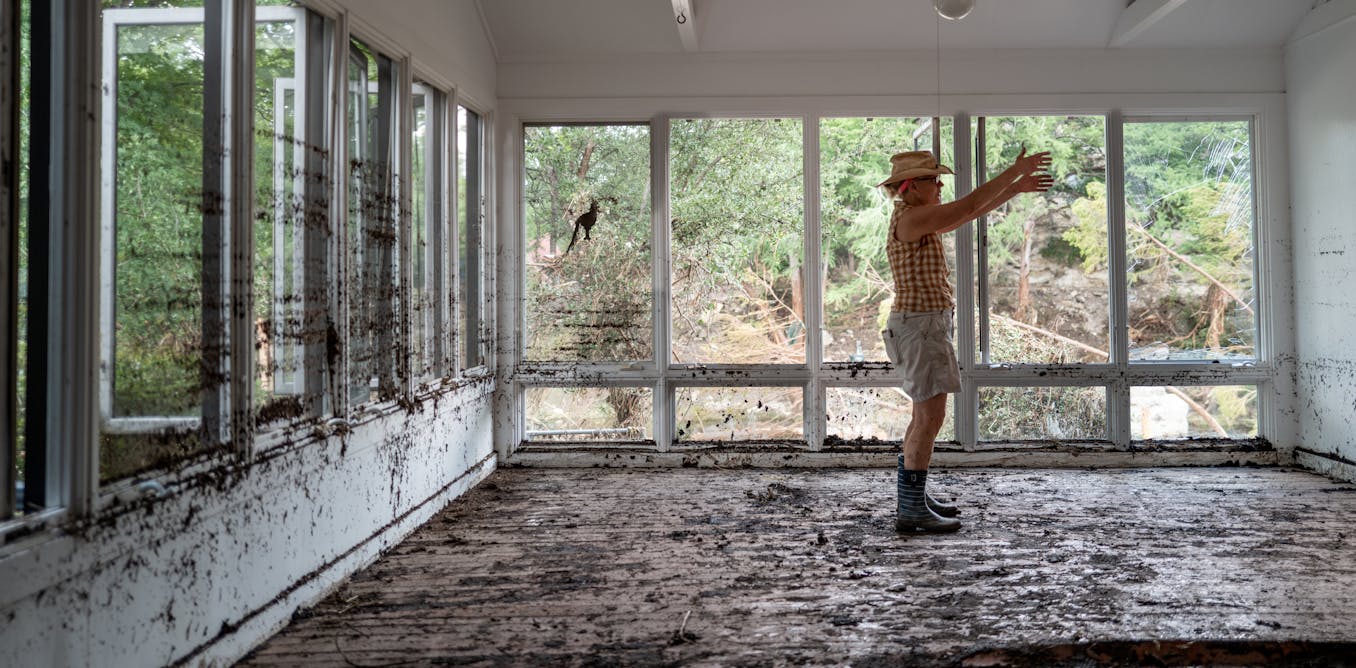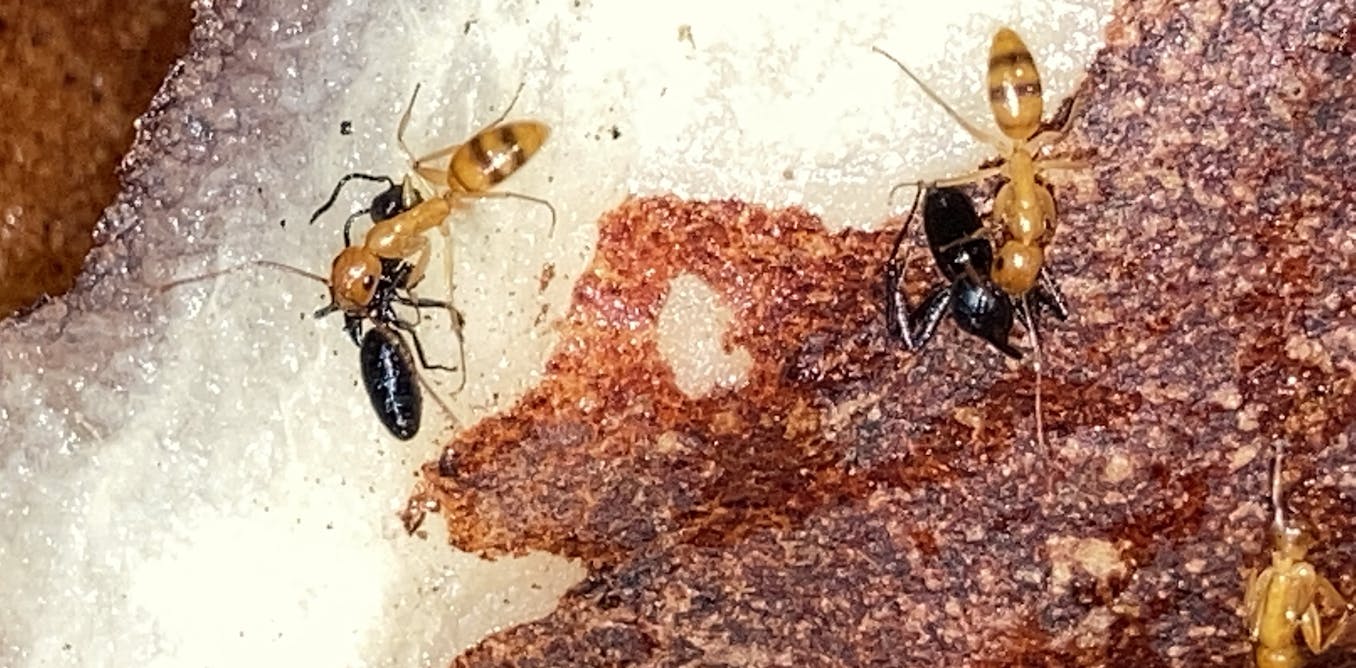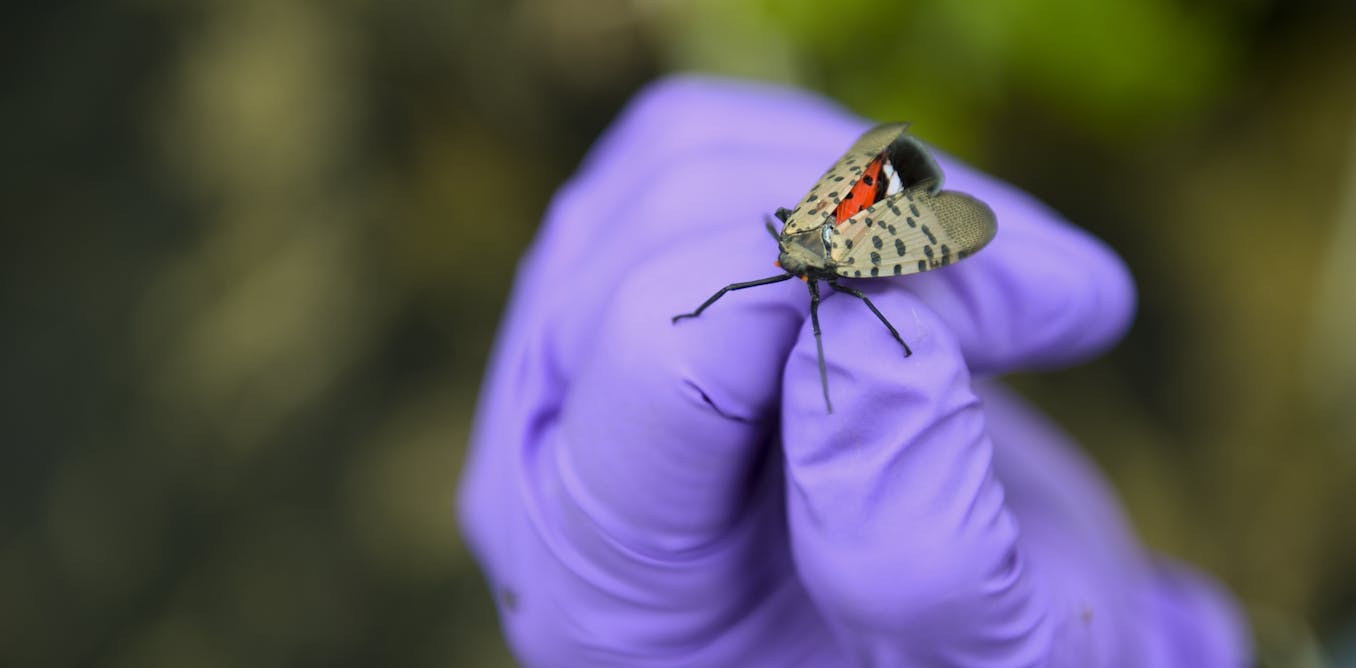How Big is the TINIEST Chameleon?!
Seeing this tiny little chameleon is a reminder of the incredible diversity and adaptations present in the animal kingdom. This episode takes us on a journey through the sand forests of Africa to search for the smallest chameleons, who are born during the rainy season and grow up in the dense underbrush. As we navigate through the forest, we also encounter a deadly twig snake, a natural predator of chameleons, and learn about its venomous nature. But finally, our efforts pay off as we spot a larger flap-necked chameleon, allowing us to admire its prehensile tail, zygodactylous feet, and incredible 360-degree vision. This video not only showcases the remarkable abilities and adaptations of these fascinating creatures but also emphasizes the importance of careful observation and conservation to protect their fragile habitats.
Watch the video by Brave Wilderness
– Lizards, our planet is home to nearly 5,000 species but only chameleons are capable of this. Worldwide, there are more than 150 chameleon species, and Africa is home to 19 of them. During daylight hours, these arboreal lizards can be very difficult to locate. But at night when they’re fast asleep and dreaming of their next grasshopper snack, the advantage goes to anyone with a good flashlight
And a keen eye for reptiles. But if you like long, sticky tongues, then this is the episode for you. So what’s perfect about this here is we can stay out of the tall grasses and look all along this dense underbrush. Now, we know there are chameleons in this area, it’s just a matter of finding them. Okay, so what’s cool about this spot right here is you’ve got a combination of two things
Within the sand forest. All of these long, slender grasses are gonna be very important when it comes to finding baby chameleons. And this sand right here, you can see, is very, very fine. Now, we’ve had a lot of rains that have moved through recently. Those rains will help instigate
The hatching of baby chameleons. We’re right hot in the middle of hatching season. The females will lay their eggs in this really, really soft sand. And as they begin to hatch out, they come out, and they’re very susceptible to predators, so they’re always thinking, “Let me get higher up.”
And what they will do at night is climb up to the tippy tops of these grass stocks and hang there, assuming that absolutely nothing can get them. And in most cases, they’re right. But when it comes to finding them and getting them in front of the cameras, that’s gonna be to our advantage
Because they should stand out like little glowing grapes on the tips of these grasses. So let’s keep moving and see if we can find some. Oh, here we go! Hot diggity dog, look who we’ve got here. That is an absolutely teeny-tiny chameleon. Now, the tactic here is to actually snip the little piece of grass that it is sleeping on. That has got to be the teeny-tiniest, most adorable lizard I have ever seen.
You, my little friend are an absolute superstar. Now, if you look at the tail, you can see it’s prehensile nature wrapped around that grass stalk. And then those little, oven mitt-like feet gripping and holding the body in place. Now for us, spotting this chameleon was rather simple because we knew what to look for. But for any predator, it just looks like this lizard is a part of the environment. Alright buddy, I’m gonna gently kinda wedge you into another grass stalk so that we don’t disturb the rest of your evening.
Get you balanced there, you’ll be good to go. Now that we found a baby chameleon, the bigger ones are likely gonna be higher up. So, investigating tree limbs and hidden within especially leaves like this is a perfect spot. Oh, we got a snake. Mario, is this a vine snake? – [Mario] That is a twig snake. – [Coyote] Oh, that’s a twig snake. – [Mario] Holy smokes, that’s a super toxic snake. – Okay. Wow, look at the camouflage of this animal. It looks completely like a vine, perfectly interwound around this branch, down into here,
In complete stealth mode. – [Mario] There’s something sizable that it ate recently. – [Coyote] Yeah, can you see that from there? – [Mario] Yeah, I mean could very well be a chameleon. – This is a super cool find. I need to be extremely careful because like Mario said,
This is a very venomous species. We’ll talk about that in a second. Let me just focus to see if I can gently get it out of the tree here. I’m gonna be very gentle about this. Oh, oh, oh, oh, oh. Got it, got it, got it, got it, got it, got it. Okay, let me just set it down gently here for a second, and see if I can get it to stay in position on the end of the stick.
Look at that. Wow. Okay, I’m actually bring this back just a touch. I don’t wanna put any pressure on that spot where it’s actually got something in its belly. Wow, look at the triangular shape of the head, it looks almost like the tip of a spear. Now, the twig snake specifically is extremely venomous.
It is a rear-fanged snake. And the dangerous aspect of this venom it is highly hemotoxic and there is no anti-venom. If you’re bitten by this snake, it is a very slow, very internally bloody death. You basically hemorrhage on the inside and blood will eventually start leaking out of your different orifices,
Which is kind of a horror situation. But they’re rather chill snakes. As you can see, it’s just completely calm at the moment. Now this is a diurnal species. So normally hunting during the day, it’d be pretty easy for them to target chameleons, especially early in the morning or later in the evening.
A crepuscular creature that’s definitely hunting in those cooler temperatures. So slender, so unassuming looking, yet so incredibly toxic. Well, when we’re looking for chameleons, spotting one of their top predators is definitely a cool thing to add to this episode. Alright, we’re just gonna gently place this snake
Back up in the tree so it can continue digesting its meal and having a good night’s sleep. Hopefully, you didn’t eat all the chameleons. Look at these guys right in here. Probably from a different clutch ’cause you can see how much bigger they are. Ooh, this is inviting. Check this out. A small portal. These are actually cut in the roadways for water drainage and it really opens up back here. Oh yeah, look at this. Oh, right there! Yes, big chameleon! Okay, I’m gonna move in and try to get that piece of the vine down so we can take a closer look. You guys good? We’re gonna hang out for just a second, if that’s cool? Okay, so I got this piece of vine. I’m gonna go for it.
It’s fine. That’s exactly where we want you to go. Alright, sometimes it just takes a little bit of coaxing. Okay, we are in business. That is the flap-necked chameleon. It appears to be a female, and the way I can tell that is that the males have a big bulge at the back near their vent,
And that’s how you know that it’s male chameleon parts. There are four specific things I would love to look at with this lizard, tail, feet, eyes, and that tongue. You can see the prehensile nature of this tail. Wrapped around the edge of this vine, it works perfectly to help keep the animal balanced
Up in the treetops. And they can completely hang on with that tail if they need to stretch out when they’re going after a prey item. Now, as you move up the tail and you look at the feet, look at how they are grappled onto that vine. They are called zygodactylous.
That’s the name for these feet, which basically means two toes in the front, two toes in the back. They look just like little oven mitts. And if you look real closely, you can see that they have very, very sharp claws. And chameleons are capable of using their feet
And their tail to help them move pretty much effortlessly through the treetops. As we all know, this is an arboreal species, and when it comes to camouflage you really can’t top that green coloration. Now, if a chameleon is stretched out on a branch like this, it’s gonna completely look like leaf.
That not only helps keep it hidden from predators but it keeps it camouflaged as it’s slowly slinking up on a potential prey item. When it comes to seeing its prey, the coolest thing about a chameleon’s eyes are their ability to move 180 degrees in either direction, which essentially gives this reptile the ability
To see 360 degrees within its environment. And what they will do is use one eye, monocular vision, to hone in on a potential prey item. Then, they will refocus the other eye, giving them laser type focus so that they can hone in and use that ballistic tongue to catch their prey.
That tongue is one of the most unique aspects of this reptile, and they have specialized muscles that will allow their tongue to shoot out of their mouth. That tongue can be two times the length of the body. The saliva that’s on that tongue basically engulfs the prey item,
And then sucks it back into its mouth where it has some pretty sharp teeth and some rather powerful jaws considering its size. Contrary to popular belief, chameleons cannot just shift to any color. You place this chameleon on my purple shirt, it’s not gonna turn purple. Their color changes based on mood and environment. When it comes to being camouflaged, obviously different shades of green and brown work perfectly. And when it comes to stress,
A darker coloration will tell you that this lizard is feeling uncomfortable. That’s why we are keeping it on the edge of this branch as compared to handling it. They’re a very fragile species, you don’t wanna bruise the body. And the more calm we can keep the lizard,
The better it’s ultimately going to be. Well, this was pretty cool. It seemed like we came across a gazillion baby chameleons, but nothing was better than coming across a female that most likely laid a very successful clutch this season here in South Africa. I’m Coyote Peterson, be brave, stay wild. We’ll see on the next adventure.
Alright, you ready to get back up into your tree for a full night’s sleep? Hey, Coyote Pack, if you’re a fan of my amazing animal encounters, then head over to shopbravewilderness.com for our first ever board game, “Coyote Peterson’s Wild Adventure.” Not only is this game fun for all ages, but you can also learn some awesome animal facts while strategizing your next victory.
About Brave Wilderness
The Brave Wilderness Channel is your one stop connection to a wild world of adventure and amazing up close animal encounters!
Video “How Big is the TINIEST Chameleon?!” was uploaded on 03/26/2022 to Youtube Channel Brave Wilderness






































